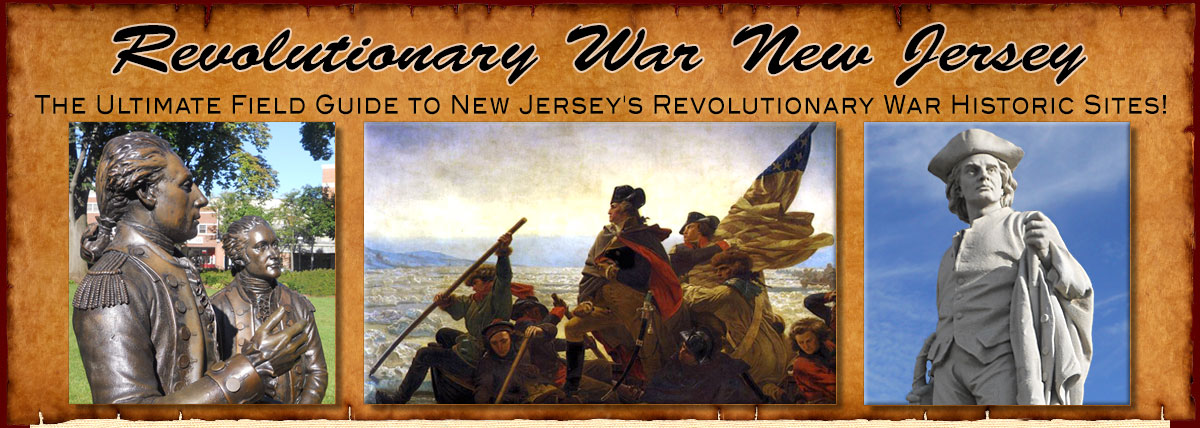

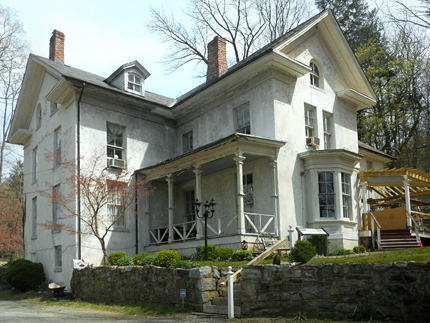
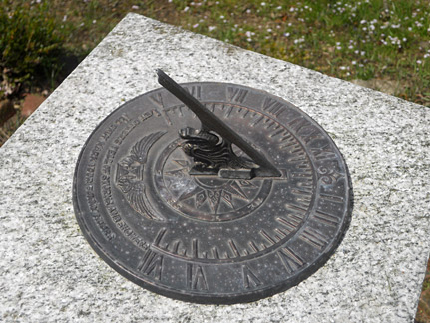
Solitude House
7 River Rd.
Map / Directions to the Solitude House
Map / Directions to all High Bridge Revolutionary War Sites
Open occasionally for special events.
See the Historic Solitude House on Facebook for more information.
Solitude House [1]
Solitude House was part of the property of the Union Iron Works. During the Revolutionary War era, Robert Taylor occupied the house. Taylor originally worked as a bookkeeper for the owners of Union Iron Works, Joseph Turner and William Allen. When the Revolutionary War began, Turner and Allen had to flee their property because they were Loyalists. (Loyalists were Americans who remained loyal to the British in the Revolutionary War.) With the Loyalist owners gone, Taylor became the superintendent of Union Iron Works.
In the decades before the war, Union Iron Works had produced such items as horseshoes, farm tools, and fireplace backs. With the coming of the war, the iron works became very important to the military effort because of the production of such items as cannon balls and rifle barrels.
Two Loyalists were imprisoned at Solitude House, John Penn, who had served as the last royal governor of Pennsylvania, and his Chief Justice Benjamin Chew. They remained here for seven months beginning in 1777. [2]
Among the Revolutionary War figures who visited Solitude House are George and Martha Washington, General Lafayette, Colonel Charles Stewart, and Aaron Burr.
The oldest portions of the house were built in 1712. Three decades later, it became part of the property of the Union Iron Works, and it doubled in size in 1755. In the 1850's, major remodeling was done to the house, and it took on the look that it has today.
Robert Taylor's descendants continued to live at Solitude House and run the iron mines into the twentieth century. In 1803, the Union Iron Works became The Taylor Iron and Steel Company.
Solitude House is located on part of the seven-mile Taylor Steelworks Historical Greenway. There are a number of explanatory signs and plaques, and other buildings located along the trail.
There are also two small monuments in High Bridge related to the iron works which are shown in the two entries below. Two other historic sites related to the Union Iron Works are shown on the Hampton and Clinton pages.

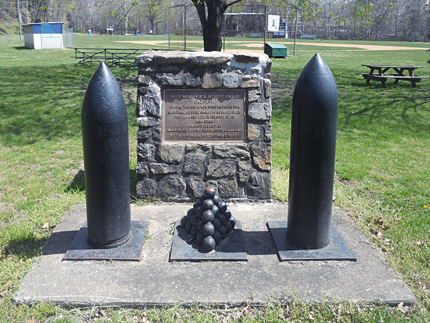
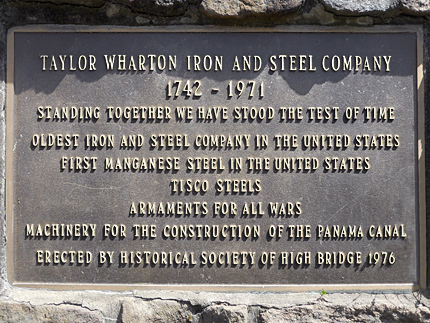
Taylor Wharton Iron And Steel Company Monument
Union Forge Park
Washington Ave.
Map / Directions to the Union Forge Park
Map / Directions to all High Bridge Revolutionary War Sites
The small but attractive monument is located in Union Forge Park, about a half mile down Washington Avenue from Solitude House. It commemorates the fact that Union Iron Works / Taylor Iron and Steel Company produced armaments for all American wars until 1971, including the Revolutionary War. [3]

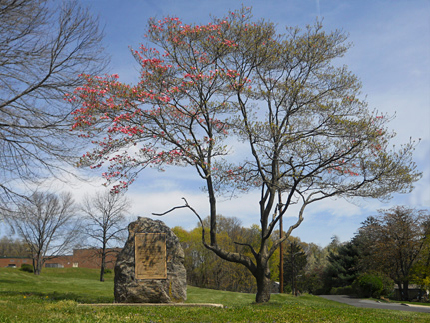
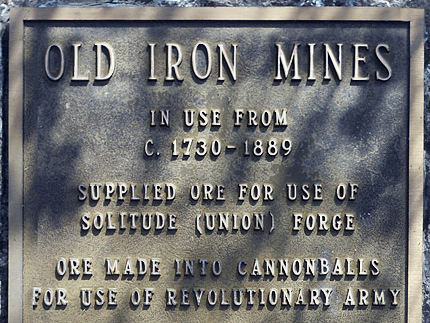
Old Iron Mines Monument
Mine Rd. and Fairview Ave.
Map / Directions to the Old Iron Mines Monument
Map / Directions to all High Bridge Revolutionary War Sites
This monument commemorates the Old Iron Mines, which supplied the iron ore for Union Forge and produced military items such as cannonballs during the Revolutionary War. [4]

1. ^ Information for this entry was drawn from:
Historical plagues at the Solitude House
WiIIiam E. Honachefsky, "Three Hundred Years of Solitude," 2016, Skylands Visitor website
Union Furnace Preserve - Trail Map and Guide brochure; County of Hunterdon Department of Parks and Recreation, available as PDF here
2. ^ For more about the imprisonment of Penn and Chew, see:
Minutes of the Council of Safety of the State of New Jersey (Jersey City: John H. Lyon, 1872) Page 141
Available to be read at the Internet Archives here
From Governor Livingston to the President of the Continental Congress, October 4, 1777, reprinted in:
Selections from the Correspondence of the Executive of New Jersey, from 1776 to 1786 ((Newark: Published by Order of the Legislature, 1848) Pages 101-102
Available to be read at Google Books hereJames P. Snell, History of Hunterdon and Somerset Counties, New Jersey (Philadelphia: Everts & Peck, 1881) Pages 69, 70, 526
Available to be read at the Internet Archive here
3. ^ Erected by the Historical Society of High Bridge in 1976
4. ^ Erected by the Historical Society of High Bridge in 1975